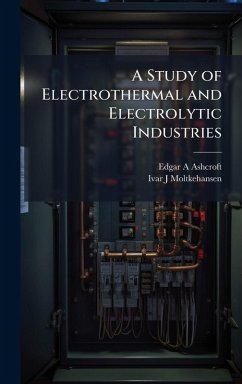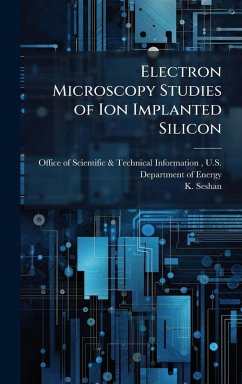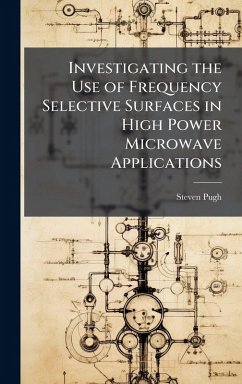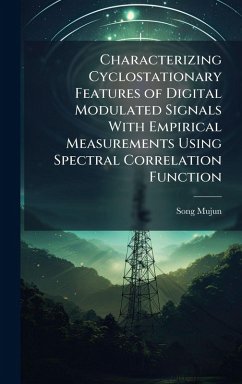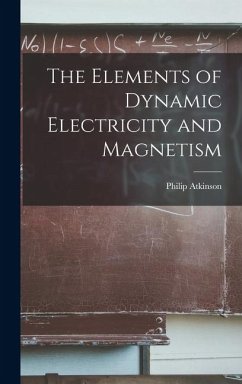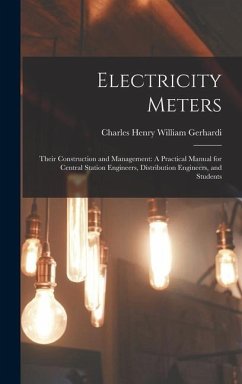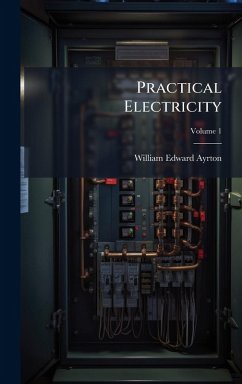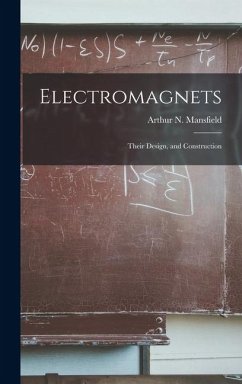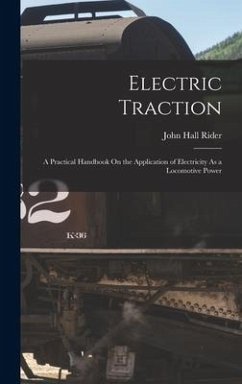
Dynamic Electrothermal Model of a Sputtered Thermopile Thermal Radiation Detector for Earth Radiation Budget Applications
Versandkostenfrei!
Versandfertig in über 4 Wochen
29,99 €
inkl. MwSt.
Weitere Ausgaben:

PAYBACK Punkte
15 °P sammeln!
The Clouds and the Earth's Radiant Energy System (CERES) is a program sponsored by the National Aeronautics and Space Administration (NASA) aimed at evaluating the global energy balance. Current scanning radiometers used for CERES consist of thin-film thermistor bolometers viewing the Earth through a Cassegrain telescope. The Thermal Radiation Group, a laboratory in the Department of Mechanical Engineering at Virginia Polytechnic Institute and State University, is currently studying a new sensor concept to replace the current bolometer: a thermopile thermal radiation detector. This next-genera...
The Clouds and the Earth's Radiant Energy System (CERES) is a program sponsored by the National Aeronautics and Space Administration (NASA) aimed at evaluating the global energy balance. Current scanning radiometers used for CERES consist of thin-film thermistor bolometers viewing the Earth through a Cassegrain telescope. The Thermal Radiation Group, a laboratory in the Department of Mechanical Engineering at Virginia Polytechnic Institute and State University, is currently studying a new sensor concept to replace the current bolometer: a thermopile thermal radiation detector. This next-generation detector would consist of a thermal sensor array made of thermocouple junction pairs, or thermopiles. The objective of the current research is to perform a thermal analysis of the thermopile. Numerical thermal models are particularly suited to solve problems for which temperature is the dominant mechanism of the operation of the device (through the thermoelectric effect), as well as for complex geometries composed of numerous different materials. Feasibility and design specifications are studied by developing a dynamic electrothermal model of the thermopile using the finite element method. A commercial finite element-modeling package, ALGOR, is used. This work has been selected by scholars as being culturally important, and is part of the knowledge base of civilization as we know it. This work was reproduced from the original artifact, and remains as true to the original work as possible. Therefore, you will see the original copyright references, library stamps (as most of these works have been housed in our most important libraries around the world), and other notations in the work. This work is in the public domain in the United States of America, and possibly other nations. Within the United States, you may freely copy and distribute this work, as no entity (individual or corporate) has a copyright on the body of the work. As a reproduction of a historical artifact, this work may contain missing or blurred pages, poor pictures, errant marks, etc. Scholars believe, and we concur, that this work is important enough to be preserved, reproduced, and made generally available to the public. We appreciate your support of the preservation process, and thank you for being an important part of keeping this knowledge alive and relevant.



